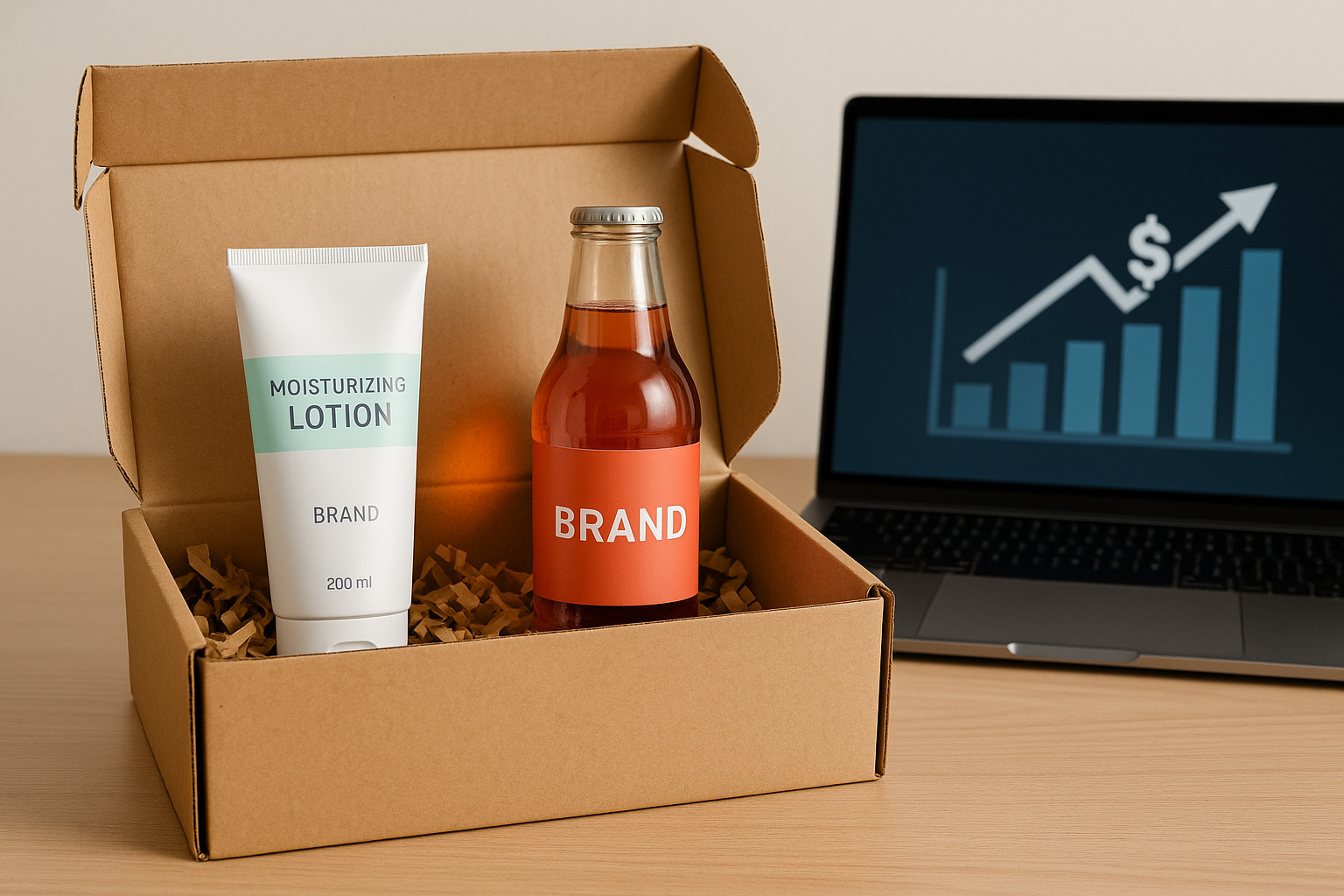
Why DTC Brands Are Betting Big on Product Sampling
Introduction
Direct-to-consumer (DTC) brands have rewritten the rules of retail by bypassing traditional distribution channels and building direct relationships with their customers. In a crowded online marketplace, standing out requires more than clever ads and sleek websites—it requires trust, authenticity, and real value. That’s where product sampling comes in. Increasingly, DTC brands are turning to product sampling to drive trial, collect feedback, and foster brand loyalty. This article explores why product sampling is fast becoming a cornerstone of DTC growth strategies—and how AI is powering this evolution.
1. Creating Tangible Brand Experiences
In the digital-first world of DTC, customers can’t touch or smell a product before purchasing. This sensory gap often leads to hesitation or cart abandonment. Sampling bridges this gap by giving consumers a real-world experience with the product:
- It allows them to feel the quality, smell the fragrance, or taste the flavor.
- It removes doubt and builds confidence in the product.
- It enables brands to showcase what sets their product apart in a tactile way.
For skincare, cosmetics, health supplements, snacks, and beverages—sampling provides a low-risk trial that nudges customers toward conversion.
2. Boosting Customer Acquisition at Lower Cost
Customer acquisition costs (CAC) are skyrocketing as digital advertising becomes more saturated. Product sampling offers a powerful alternative:
- It bypasses ad fatigue and offers a high-impact first impression.
- Recipients are more likely to convert after using a product they enjoy.
- Sampling can be highly targeted to audiences most likely to purchase.
Combined with first-party data, DTC brands can ensure samples reach the right demographics, interests, and buying behaviors—cutting CAC while improving return on investment (ROI).
3. Encouraging Valuable Consumer Feedback
One of the key advantages DTC brands have over traditional players is their ability to collect and act on real-time consumer feedback. Product sampling campaigns offer a goldmine of data:
- Feedback from real users helps improve product formulations and packaging.
- AI-powered systems like Samplify collect structured insights through follow-up interactions.
- Consumer responses can guide future marketing messaging or highlight trends early.
This feedback loop not only strengthens the product but also makes customers feel heard—enhancing brand loyalty.
4. Building Loyalty Through Personalization
AI and machine learning allow DTC brands to tailor sampling experiences. By understanding user preferences and past behavior, brands can:
- Send curated samples that match a user’s lifestyle or purchase history.
- Deliver dynamic content and follow-up campaigns post-sampling.
- Reward engagement with exclusive discounts or loyalty points.
This level of personalization builds emotional connections and keeps customers coming back.
5. Fueling Word-of-Mouth and Social Proof
DTC brands thrive on buzz. Sampling amplifies organic advocacy:
- Recipients often share their sampling experiences on social media.
- UGC (user-generated content) from happy customers serves as authentic social proof.
- Reviews and testimonials from samplers can boost credibility.
Strategic sampling campaigns are designed to spark conversations, increase visibility, and generate viral momentum—especially when integrated with influencer or affiliate strategies.
6. Supporting Product Launches with Confidence
Launching a new SKU or entering a new market segment is risky. DTC brands use sampling as a market research and risk mitigation tool:
- Limited-release samples can gauge interest before a full-scale launch.
- Brands can test new product messaging and packaging.
- Early feedback allows for rapid iteration and positioning optimization.
This agile approach lets brands fine-tune their go-to-market strategy with real-world validation.
7. Scaling Smart with AI
AI technology enables DTC brands to scale their sampling initiatives effectively:
- Tools like Samplify use AI to segment audiences, predict behavior, and match products to the right users.
- Brands can analyze campaign data in real time, optimizing performance and refining targeting.
- AI-generated reports help marketers make informed decisions faster and with greater accuracy.
This data-driven approach elevates product sampling from a one-off tactic to a core component of growth marketing.
Conclusion
For DTC brands, product sampling isn’t just about handing out free products—it’s a strategic growth engine powered by data, personalization, and trust. As traditional ad channels become less effective and consumer expectations rise, DTC leaders are doubling down on product sampling to forge deeper connections and drive smarter conversions. With AI enabling scalable and precise execution, sampling is no longer an experiment—it’s the future of direct-to-consumer engagement.